The auto industry in Canada has confounded Americans for decades. Why are there Monarchs and Meteors when there’s already Fords and Mercurys? Why does that car look like a Dodge coming and Plymouth going? Why do Pontiacs use Chevrolet running gear? Our Pick of the Day, a 1968 Pontiac Parisienne 2+2, is demonstrative of the unique vehicles in the Canadian market. It’s listed for sale on ClassicCars.com by a dealer in Volo, Illinois. (Click the link to view the listing)
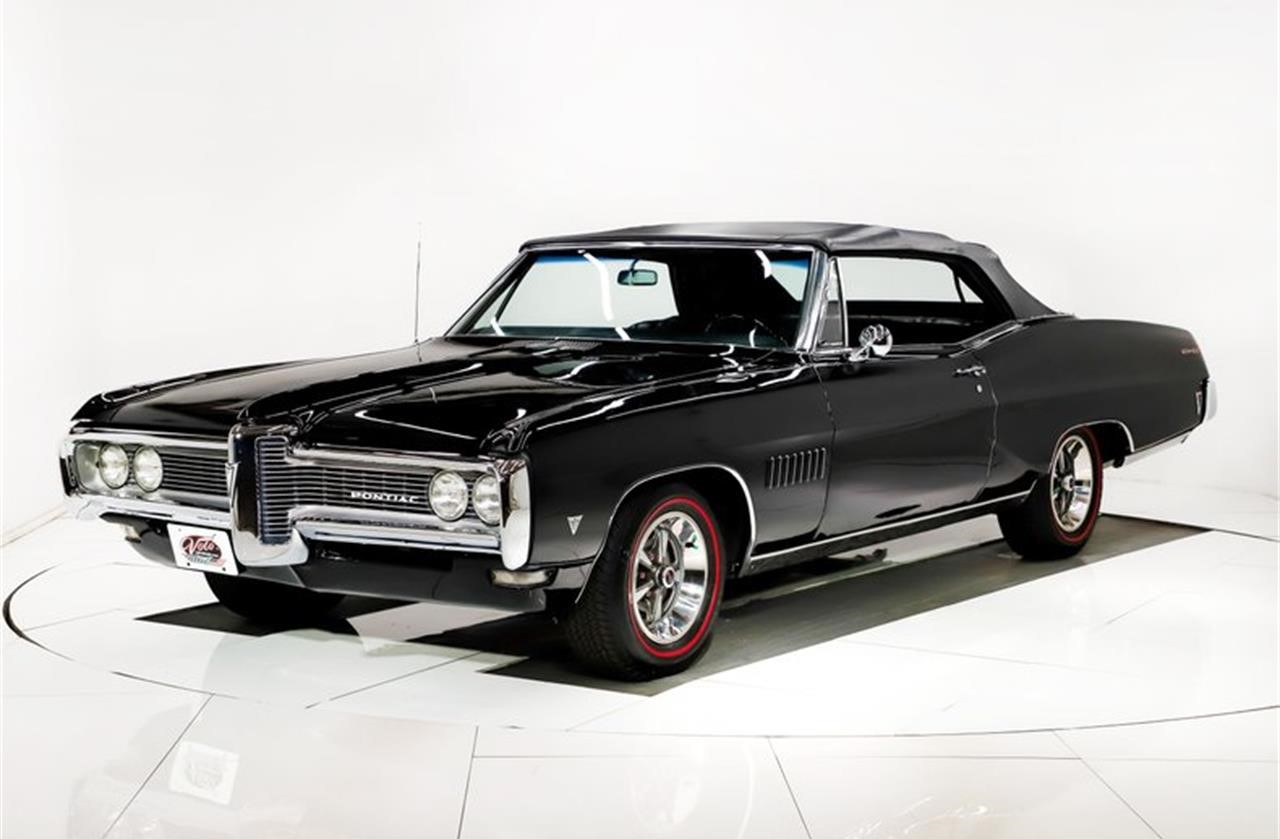
Much of the differences that existed (and, on a much smaller scale, still exist) between the American and Canadian market can be found with a three-pronged approach: demographics and psychographics of the Canadian population through the 1960s, and the Auto Pact trade agreement that eliminated tariffs. While it’s easy to see Canada today as quite similar to the United States, the truth is that Canada was more of an emerging economy at the time. The nation was also more sparsely populated, which meant that dealerships often carried several brands to cater to a smaller population. What if there was no Ford dealership for miles and miles? Allow Mercury dealerships to offer its own branded pickups. Each manufacturer handled things a little differently, but it helps explain some of the differences.
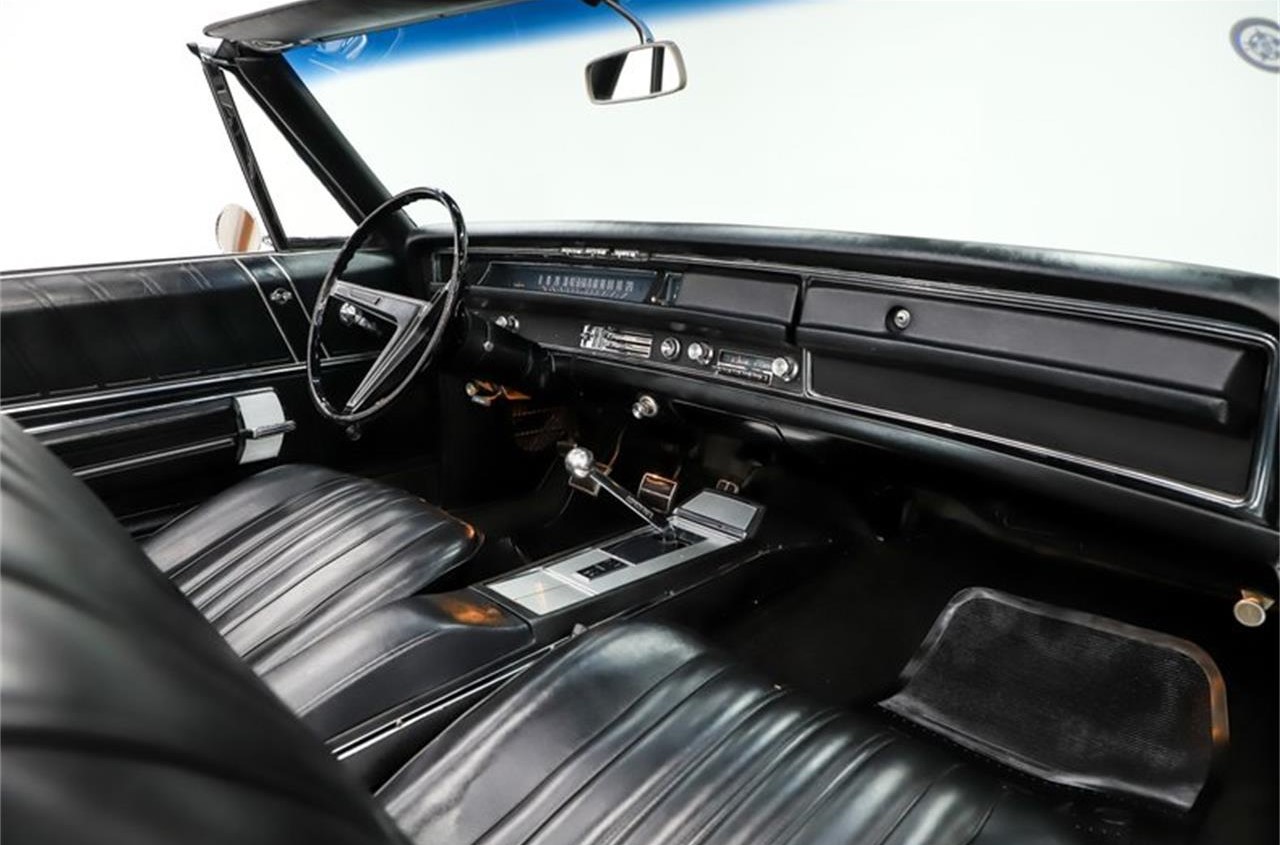
And then there was Auto Pact, a trade agreement signed in 1965 to help stem the Canadian trade deficit that existed in the automotive industry. The power of brands was strong in Canada, just like America, but to streamline production and costs, Pontiacs were built on Chevrolet chassis for quite a long time. Pontiac also sold versions of the Chevy II (Acadian) and the Chevelle (Beaumont). Thanks to Auto Pact, these distinctions were gradually phased out starting in 1970 but, even in more recent years, Canada has received special models not available in the U.S.
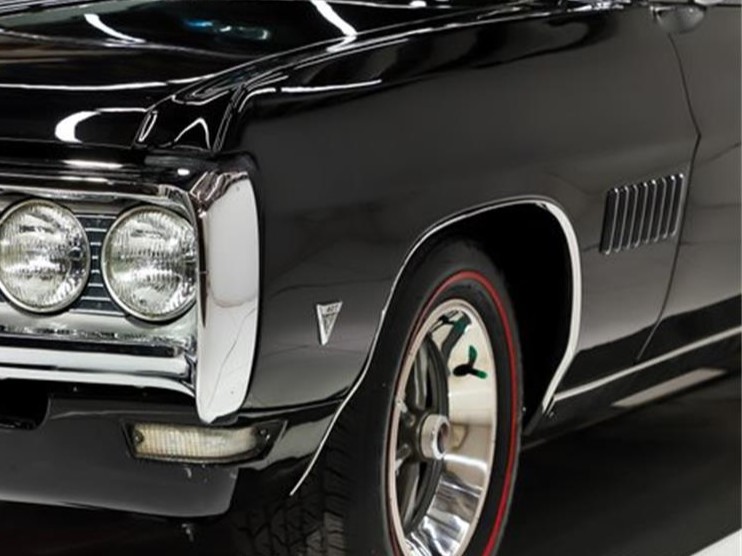
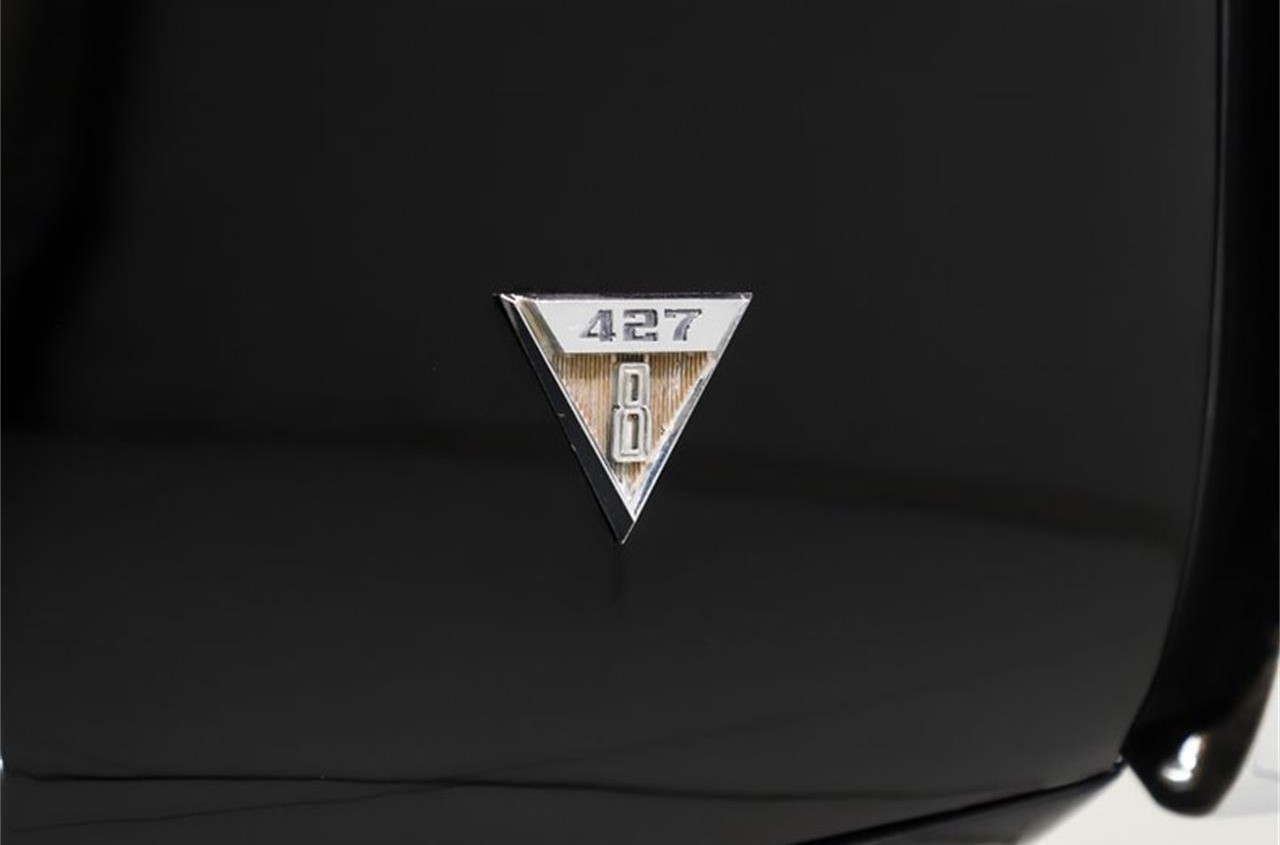
Note the unique engine badges and fender louvers of this Canadian vehicle.
To understand what the Parisienne 2+2 really is, we have to go back to America 1958 and look at the special new sub-model of the Bel Air series: the Impala. Over in the Great White North, the Laurentian played a similar role as the Bel Air, with the Parisienne sub-model being on par with the Impala. Like the Impala in 1959, the Parisienne was mainstreamed as a regular series at the top of the lineup.

The same could be said of the Impala Super Sport. From 1962-68, the Impala SS was Chevrolet’s buckets-and-console model/package (depending on the year). The Parisienne 2+2 played a similar role to the Impala SS, so it shouldn’t be confused with the Catalina-based 1965-67 2+2 produced in the States, which was a true performance model/package (again, depending on the year). The Parisienne 2+2 first appeared in 1967 and included Strato bucket seats and floor console plus all the usual Parisienne features. Standard was the 250 straight-six or 283 V8, with options up to the 385-horsepower Jet-Flame 427. Interestingly, though Chevrolet discontinued the Impala SS after 1968 (though, at the risk of confusion, it should be said the SS 427 package carried on for one more year), the Parisienne 2+2 was built through 1970.
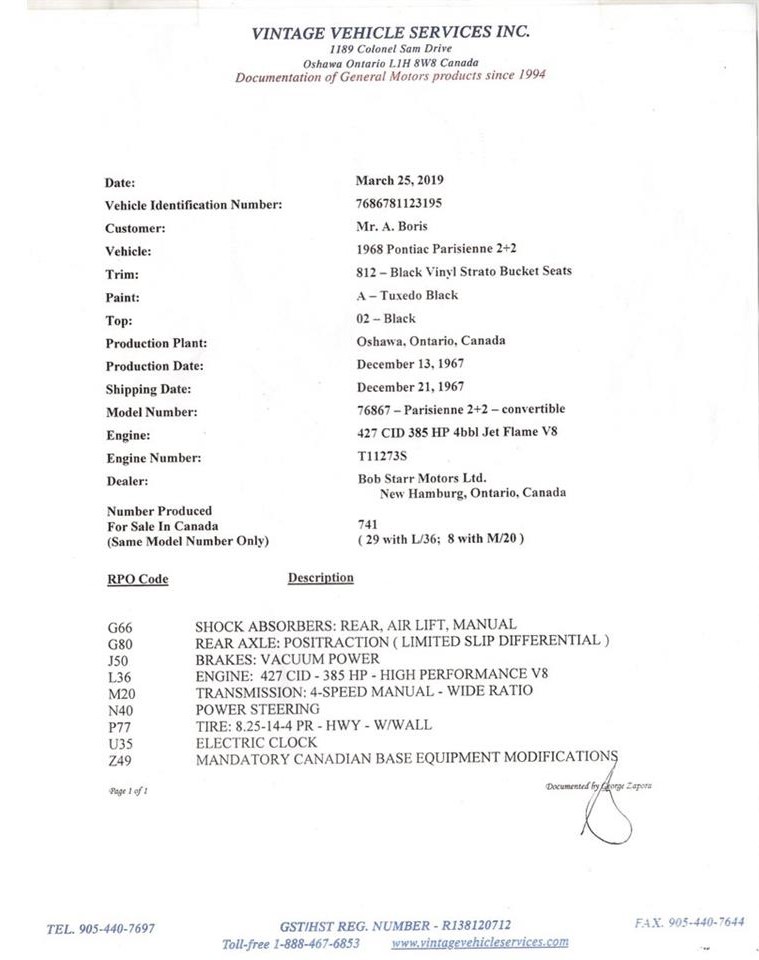
This 1968 Pontiac Parisienne 2+2 is one of 741 produced for sale in Canada. Of those, only 29 were built with the L36 427, which is the code for the 385-horse engine. Canadian Pontiacs don’t get any more magnificent than this! To boot, only eight of those 741 were built with the M20 four-speed manual. Slather on the Tuxedo Black paint and matching interior and top and you have a very unusual vehicle. Plus, notice those front fender louvers? Those are unique to the Canadian 2+2 model. Per the seller, “The body is in amazing condition … arrow-straight with no rust or damage.” The interior is also in excellent shape, with the upholstery, carpet, door panels “look like new.”

Yes, this car checks all the boxes when it comes to features and rarity, but it also is nestled in this strange place where die-hard Pontiac folks prefer a 2+2 with Poncho power, while Canadians will wave the flag with appreciation of anything from their country . . . well, almost — when you see the asking price of $234,998, do you think a Canadian is going to shell out beaucoup de dollars over an equivalent Chevy for a lot less money? Then again, that wouldn’t be a Canadian Pontiac.
To view this listing on ClassicCars.com, see Pick of the Day.



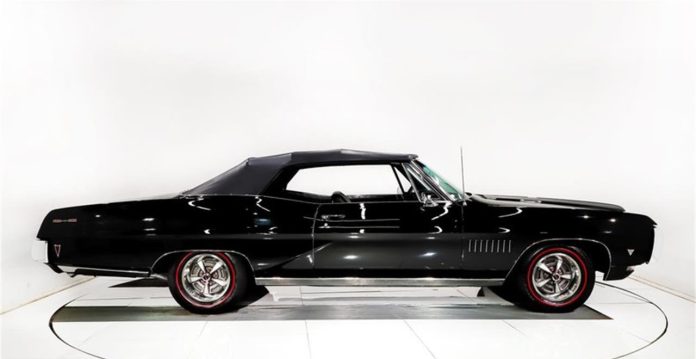


Diego- where do you find these things? I’m a GTO guy, but this is simply exceptional. I always loved Pontiac’s “frowning taillights”, and the manual transmission in a drop top makes it more special than special.
But I can recreate this for a LOT less than a quarter million. With a real Pontiac engine.
Still, sweet!
Truth be told, I actually saw this car for sale around 2000-2001. It was on the east side of Detroit near Mt. Clemens. Have been wondering what happened to it till it appeared on Facebook a few weeks ago. That inspired me to look for a full-size Canadian on ClassicCars.com and the rest, as they say, is history!
I had a 1968 Pontiac Parisienne Convertible with a 327 … Beautiful Car and would go like heck… RJ from Canada…
I have the same car. 327 with 2 speed power glide. Does anyone know how many examples still exist?
How would anyone know every single car extant?